Home>Garden Essentials>How To Plant Pelleted Seeds
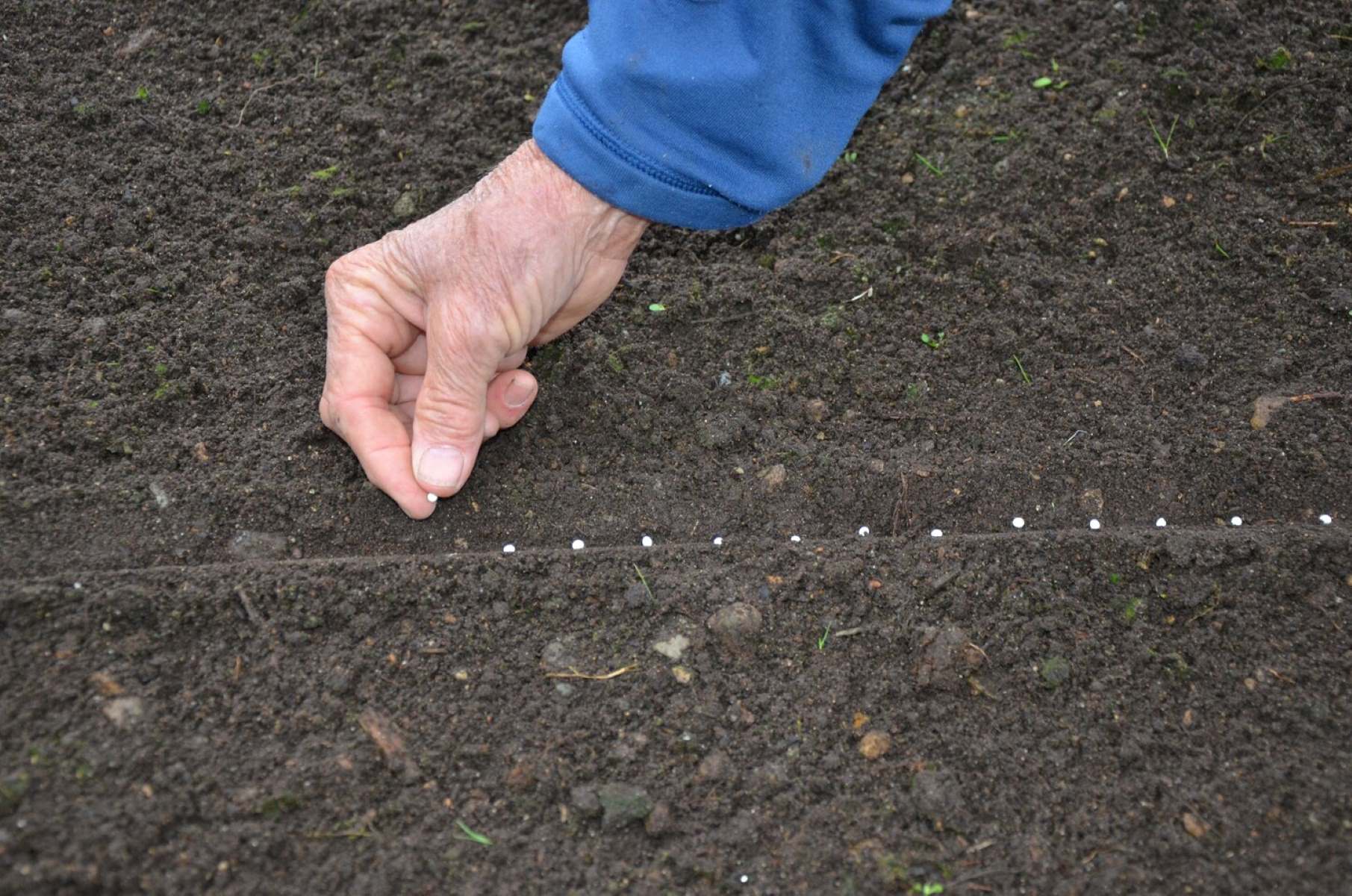

Garden Essentials
How To Plant Pelleted Seeds
Modified: March 16, 2024
Learn how to plant pelleted seeds in your garden with our step-by-step guide. Ensure successful growth and maximize your garden's potential.
(Many of the links in this article redirect to a specific reviewed product. Your purchase of these products through affiliate links helps to generate commission for Storables.com, at no extra cost. Learn more)
Introduction
Welcome to the world of gardening, where every seed planted holds the promise of blooming beauty and abundant harvests. If you’re a gardening enthusiast, you know that selecting the right seeds is crucial for a successful garden. One type of seed that has gained popularity in recent years is pelleted seeds.
Pelleted seeds are seeds that have been coated with an outer layer, usually made of clay, to make them larger and easier to handle. The coating provides several benefits, such as improved visibility, increased accuracy in sowing, and enhanced germination rates. In this article, we will delve into the world of pelleted seeds and explore how to plant them to achieve optimal results in your garden.
So why choose pelleted seeds over traditional seeds? The benefits are many. Firstly, the larger size of pelleted seeds makes them easier to see and handle, especially for those with dexterity issues or shaky hands. This means that even beginners can achieve precise sowing and avoid wasting seeds.
In addition to ease of handling, pelleted seeds also offer improved germination rates. The outer coating helps retain moisture, providing a conducive environment for the seed to sprout. This can significantly increase the success rate of germination, giving you a higher chance of seeing your garden bloom with vibrant flowers or bountiful vegetables.
Another advantage of pelleted seeds is their uniformity in size and shape. This uniformity allows for more accurate spacing when sowing, ensuring that each plant has enough room to grow and thrive. It also makes it easier to thin out seedlings when necessary, reducing the risk of overcrowding and allowing the remaining plants to develop to their full potential.
Now that we’ve covered the advantages of pelleted seeds, let’s explore how to choose the right ones for your garden.
Key Takeaways:
- Pelleted seeds make gardening easier for everyone, with benefits like improved handling, accurate sowing, and higher germination rates. They offer a time-saving and versatile option for a successful garden.
- Choosing the right pelleted seeds, preparing the soil, and providing proper care are essential for successful plant growth. Consistent watering, monitoring for pests, and harvesting at the right time lead to a healthy, thriving garden.
Read more: What Is A Pelleted Seed
Benefits of Using Pelleted Seeds
Using pelleted seeds in your garden can offer a range of benefits that make them an excellent choice for both experienced gardeners and beginners alike.
1. Improved Handling: The outer coating of pelleted seeds makes them larger, giving them a more substantial feel and making them easier to handle. This is especially beneficial for gardeners with limited dexterity or shaky hands, as it reduces the chances of dropping or mishandling the seeds during planting.
2. Enhanced Accuracy: The increased size and uniform shape of pelleted seeds allow for more precise sowing. Gardeners can easily see and control the spacing between seeds, ensuring even distribution and adequate spacing for each plant to grow. This accuracy minimizes the need for thinning out seedlings later, saving time and effort.
3. Improved Germination Rates: The clay coating on pelleted seeds helps retain moisture around the seed, promoting optimal conditions for germination. The moisture is evenly distributed, reducing the risk of dry spots or overwatering, which can hinder germination. As a result, pelleted seeds tend to have higher germination rates, leading to more successful and productive gardens.
4. Better Visibility: The colorful coating of pelleted seeds provides excellent visibility, allowing gardeners to easily identify and monitor the seeds during planting. This is particularly helpful when sowing in low light conditions or when working with fine-textured soil. The enhanced visibility helps ensure that each seed is planted in the desired location, minimizing the chances of uneven growth or missed spots in the garden.
5. Time-Saving: Pelleted seeds can save valuable time during the planting process. Since they are already coated and larger in size, there is no need for additional seed handling or preparation. Gardeners can quickly and efficiently sow the seeds without any extra steps, allowing them to spend more time tending to other aspects of their garden.
6. Versatility: Pelleted seeds are available for a wide variety of plant types, including flowers, herbs, and vegetables. This versatility allows gardeners to find pelleted seeds for their specific needs and preferences. Whether you’re looking to grow a vibrant flower garden or a bountiful vegetable patch, there are pelleted seeds available to suit your gardening goals.
As you can see, the use of pelleted seeds offers many benefits that can significantly enhance your gardening experience. These seeds provide improved handling, enhanced accuracy, higher germination rates, better visibility, time-saving convenience, and a wide range of options to choose from. Incorporating pelleted seeds into your garden can lead to more successful and rewarding gardening adventures.
Choosing the Right Pelleted Seeds
When it comes to choosing pelleted seeds for your garden, there are a few factors to consider to ensure the best results. Here are some tips to help you make the right choice:
1. Determine Your Garden’s Needs: Consider the type of garden you want to create. Are you planning to grow vegetables, herbs, or flowers? Different pelleted seeds are available for each category, so it’s important to identify your garden’s needs before making a selection.
2. Research Recommended Varieties: Look for pelleted seed varieties that are recommended for your specific region and climate. Certain plants thrive better in particular environments, so choosing varieties suited to your growing conditions will increase the chances of success.
3. Read Customer Reviews: Take the time to read customer reviews or testimonials about the pelleted seed varieties you’re considering. This feedback can provide valuable insights into the germination rates, growth habits, and overall performance of the seeds.
4. Check Expiration Dates: Just like traditional seeds, pelleted seeds have a shelf life. Before purchasing, check the expiration dates to ensure that the seeds are fresh and viable. Using expired seeds can lead to poor germination rates and disappointing results.
5. Consider Seed Packet Information: Pay attention to the information provided on the seed packets. This will typically include important details such as planting depth, spacing requirements, and specific care instructions for the plants. Be sure to choose pelleted seed packets that provide clear and comprehensive information.
6. Look for Quality Coatings: The quality and thickness of the pelleted seed coating can vary. Look for seeds with a well-applied coating that adheres firmly to the seed, as this will provide the best protection and ensure consistent moisture retention during germination.
7. Choose Reputable Suppliers: Purchase pelleted seeds from trusted and reputable suppliers. They are more likely to have high-quality seeds that have been processed and coated correctly, resulting in better performance in your garden.
By considering these factors, you can choose the right pelleted seeds that not only align with your gardening goals but also offer the best chance of success in your specific growing conditions.
Preparing the Soil
Before sowing your pelleted seeds, it’s essential to prepare the soil to create an ideal environment for germination and plant growth. Here are some steps to follow:
1. Clear the Area: Begin by clearing the area of any weeds, rocks, or debris. Remove any existing plants or vegetation that may compete with your pelleted seeds for nutrients and space.
2. Loosen the Soil: Use a garden fork or a tiller to loosen the soil. This will improve drainage, aeration, and the penetration of roots. Avoid working the soil when it is excessively wet, as this can lead to compaction and negatively affect plant growth.
3. Remove Weeds: Take the time to remove any remaining weeds or grass from the area. Weeds can quickly compete with your newly planted pelleted seeds for resources, so it’s important to eliminate them as much as possible.
4. Test the Soil: Conduct a soil test to determine its pH level and nutrient content. This will help you identify any deficiencies or imbalances in the soil. Based on the results, you can make the necessary amendments to ensure optimal growing conditions for your pelleted seeds.
5. Add Organic Matter: Incorporate organic matter, such as compost or well-rotted manure, into the soil. This will improve the soil’s fertility, structure, and water-holding capacity. Mix the organic matter thoroughly with the existing soil to ensure an even distribution.
6. Level the Soil: Use a rake or a garden hoe to level the soil, removing any large clumps or bumps. This will create a smooth and uniform surface for planting your pelleted seeds.
7. Consider Fertilization: Depending on the soil test results, you may need to apply a balanced fertilizer to provide essential nutrients for your plants. Follow the recommended dosage instructions on the fertilizer package, making sure not to over-fertilize and risk burning the tender roots of your seeds.
By properly preparing the soil, you are setting the stage for successful germination and healthy plant growth. Taking the time to clear the area, loosen the soil, remove weeds, test the soil, add organic matter, level the soil, and consider fertilization will ensure that your pelleted seeds have the best possible start in their journey to becoming thriving plants.
Sowing Pelleted Seeds
Now that you’ve prepared the soil, it’s time to sow your pelleted seeds. Follow these steps to ensure proper sowing and give your seeds the best chance for successful germination:
1. Read the Seed Packet: Before you begin, carefully read the instructions on the seed packet. Pay attention to the recommended planting depth, spacing requirements, and any specific instructions for the particular variety of pelleted seeds you are planting.
2. Mark the Rows: Use stakes or string to mark the rows where you will be planting your pelleted seeds. This will help you maintain proper spacing and ensure a neat and organized garden bed.
3. Create Furrows: Use a small garden trowel or the edge of a hoe to create shallow furrows along the marked rows. The depth of the furrow should correspond to the recommended planting depth mentioned on the seed packet.
4. Place Pelleted Seeds: Carefully place the pelleted seeds into the furrows, following the recommended spacing provided on the seed packet. The pelleted seeds should be evenly spaced to allow each seedling enough space to grow and develop.
5. Cover and Firm: Gently cover the pelleted seeds with soil, making sure to lightly press or firm the soil over them. This will ensure good seed-to-soil contact and promote proper germination.
6. Water the Planted Seeds: After sowing, water the area gently to moisten the soil and provide the necessary hydration for the seeds to germinate. Avoid overwatering, as this can lead to waterlogging and potentially drown the seeds.
7. Mulch the Surface: Consider adding a thin layer of organic mulch, such as straw or shredded leaves, to help retain moisture and regulate soil temperature. Mulching also helps to suppress weed growth and protect the emerging seedlings.
8. Maintain Proper Care: Regularly monitor the soil moisture and water the planted area as needed. Keep the soil consistently moist but not waterlogged. Be patient and allow the seeds time to germinate, following any additional care instructions provided on the seed packet.
By sowing your pelleted seeds with care and following these steps, you are setting the foundation for healthy growth and successful germination. With proper spacing, adequate soil coverage, and appropriate watering, your pelleted seeds will soon sprout and flourish, rewarding you with beautiful plants and bountiful harvests.
When planting pelleted seeds, make sure to follow the instructions on the seed packet for proper depth and spacing. Keep the soil consistently moist but not waterlogged to help the seeds germinate.
Read more: What Is Pelleted Seeds
Watering and Care for Pelleted Seeds
Proper watering and care are crucial for the successful growth of your pelleted seeds. Follow these guidelines to ensure that your seeds receive the necessary moisture and attention throughout their development:
1. Watering frequency: Pelleted seeds require consistent moisture to germinate and establish themselves. Water the planted area regularly, especially during dry spells or hot weather. Aim to keep the soil evenly moist, but be careful not to overwater as it can lead to fungal diseases or root rot.
2. Watering method: To avoid disturbing the delicate seeds and young seedlings, use a gentle watering method. A watering can with a fine rose or a drip irrigation system is recommended. Avoid using a strong stream of water, which could dislodge or damage the pelleted seeds.
3. Time of day: It’s best to water your pelleted seeds early in the morning. This allows the plants to absorb the moisture before the heat of the day evaporates it. Watering in the evening can lead to prolonged moisture on the foliage, increasing the risk of fungal diseases.
4. Mulching for moisture retention: Apply a layer of organic mulch around the base of your plants to help retain moisture in the soil. Mulch helps reduce evaporation and maintains a more even soil temperature, promoting healthy growth and reducing watering frequency.
5. Thin out seedlings: Once the pelleted seeds have germinated and seedlings have emerged, thin them out if they are overcrowded. Overcrowding can lead to competition for resources, stunted growth, and increased susceptibility to pests and diseases. Follow the spacing instructions provided on the seed packet to ensure proper plant development.
6. Fertilizing: Depending on the nutrient content of your soil, you may need to provide additional fertilization to support the growth of your pelleted seeds. Use a balanced fertilizer specifically formulated for seedlings and apply it according to the manufacturer’s instructions. Avoid excessive fertilization, as it can damage the delicate roots of young plants.
7. Weed control: Keep the area around your pelleted seeds free from weeds. Weeds compete with your plants for water, nutrients, and sunlight. Regularly inspect the area and remove any weeds by hand or with the help of a garden tool, being careful not to disturb the seedlings.
8. Monitor for pests and diseases: Watch for signs of pests or diseases that may affect your pelleted seedlings. Early detection and treatment are key to preventing severe damage. Inspect the foliage regularly and take appropriate measures if you notice any issues.
By following these watering and care practices, you will provide your pelleted seeds with the ideal growing conditions. Consistent moisture, proper spacing, timely fertilization, weed control, and monitoring for pests and diseases will ensure that your pelleted seeds thrive and develop into healthy, mature plants.
Troubleshooting Common Issues
Despite our best efforts, gardening can sometimes come with challenges and unexpected issues. Here are some common problems you may encounter when growing pelleted seeds and tips on how to troubleshoot them:
1. Poor Germination: If your pelleted seeds fail to germinate or have a low germination rate, several factors could be at play. Check the seed packet for the recommended planting depth and make sure you haven’t planted the seeds too deeply. Ensure that the soil temperature is within the optimal range for germination. Additionally, assess the moisture levels, as both under-watering and over-watering can hinder germination.
2. Damping-off: Damping-off is a fungal disease that affects young seedlings, causing them to rot at the base and ultimately die. To prevent damping-off, ensure proper air circulation by spacing the pelleted seeds adequately and avoiding overcrowding. Avoid overwatering and provide good drainage. Additionally, consider using sterile soil or sterilizing your soil mix before planting.
3. Weak or Leggy Seedlings: Weak or leggy seedlings typically occur when the plants do not receive enough light. Make sure your pelleted seeds are receiving adequate light by placing them in a location with at least 6-8 hours of direct sunlight or using artificial grow lights. Adjust the light source or container position to encourage sturdy growth.
4. Pest Infestation: Common garden pests like aphids, slugs, and snails can pose a threat to your pelleted seedlings. Monitor your plants regularly and take appropriate action if you notice signs of pest infestation. Use natural pest control methods such as hand-picking, applying organic insecticides, or introducing beneficial insects that prey on pests.
5. Nutrient Deficiencies: Pelleted seeds may require additional nutrients during their growth. If you notice signs of nutrient deficiencies such as yellowing leaves or stunted growth, consider applying a balanced fertilizer according to the specific needs of the plant variety. Adjust the fertilizer dosage based on the manufacturer’s instructions to avoid overfertilizing.
6. Temperature Extremes: Extreme temperature conditions, whether excessively hot or cold, can stress and damage pelleted seedlings. Provide protection during temperature extremes by providing shade or using row covers to shield the plants. Similarly, protect tender seedlings from frost by covering them overnight or relocating them indoors.
7. Overcrowding: Overcrowding of seedlings can lead to the competition for resources, hinder proper growth, and increase the risk of diseases. If you notice overcrowding, thin out the seedlings according to the recommended spacing on the seed packet. Transplant the excess seedlings to another location, or gently remove them to allow the remaining plants sufficient space to develop.
Remember that each garden is unique, and troubleshooting will vary depending on your specific circumstances. Regular observation, careful monitoring, and prompt action will help you address and overcome common issues, ensuring the success of your pelleted seedlings as they grow into healthy, productive plants.
Harvesting and Caring for Mature Plants
Congratulations! Your pelleted seeds have grown into mature plants, and it’s time to reap the rewards of your hard work. Here are some tips for harvesting and caring for your mature plants:
1. Harvesting: Different plants have specific harvesting requirements. Refer to the seed packet or other reliable gardening sources for guidance on when and how to harvest your particular plants. Harvest leafy greens when they reach the desired size, pick vegetables when they are fully ripe, and cut flowers at their peak bloom. Use clean, sharp tools to ensure clean cuts and minimize damage.
2. Proper Pruning: Pruning can help maintain the health and shape of your mature plants. Remove dead or damaged leaves, flowers, or stems regularly. Prune selectively to improve airflow and encourage new growth. Be cautious not to over-prune, as this can stress the plants and inhibit their growth.
3. Watering: Even mature plants require consistent watering to thrive. Monitor the soil moisture and water as needed, especially during dry periods. Water deeply and evenly, allowing the water to reach the plant’s root zone. Avoid overhead watering, as it can promote fungal diseases.
4. Mulching: Maintain a layer of organic mulch around the base of your mature plants to conserve moisture, suppress weeds, and regulate soil temperature. Renew the mulch as needed to maintain its thickness and effectiveness.
5. Fertilizing: Depending on the nutritional needs of your plants, consider applying a slow-release or organic fertilizer to provide the necessary nutrients. Follow the recommended dosage and frequency for your specific plant varieties. Be cautious not to over-fertilize, as excessive nutrients can lead to imbalances or plant stress.
6. Pest and Disease Management: Stay vigilant and monitor your plants for signs of pests or diseases. Early detection is key to preventing infestations or the spread of diseases. Use natural pest control methods whenever possible, such as introducing beneficial insects or applying organic insecticides. If necessary, consult with local gardening experts for advice on specific pest or disease management strategies.
7. Support and Staking: As your plants grow and bear fruit, some may require support or staking to prevent them from bending or breaking. Use stakes, trellises, or cages for plants that are prone to sprawling or heavy fruiting. This will help maintain plant integrity and provide a tidy appearance to your garden.
8. Continuous Harvesting: For plants that produce continuously, such as certain herbs or certain varieties of vegetables, practice regular harvesting to promote new growth and prolong the harvest season. Regularly harvest mature fruits, flowers or herbs, which will encourage the plant to produce more and extend the overall yield.
By following these harvesting and care practices, you can enjoy abundant harvests and maintain the health and productivity of your mature plants. With proper pruning, watering, mulching, fertilizing, pest management, and support as needed, your garden will continue to thrive and bring you joy throughout the growing season.
Conclusion
Growing plants from pelleted seeds can be a rewarding and enjoyable experience, whether you’re a seasoned gardener or just starting your gardening journey. The benefits of using pelleted seeds, such as improved handling, enhanced accuracy, higher germination rates, better visibility, and time-saving convenience, make them a valuable choice for any garden.
By selecting the right pelleted seeds tailored to your garden’s needs, preparing the soil properly, and sowing the seeds with care, you set the stage for successful germination and healthy plant growth. Providing consistent watering, appropriate care, and addressing common issues such as poor germination, pests, or nutrient deficiencies, you can ensure that your pelleted seeds flourish into mature, productive plants.
Throughout the growing season, harvesting your plants at the right time, properly pruning, and caring for your mature plants will continue to reward you with beautiful blooms, bountiful harvests, and a healthy garden. From watering and fertilizing to managing pests and diseases, maintaining a well-cared for garden ensures that your plants thrive and reach their full potential.
Remember, gardening is a continuous learning process. Experiment with different varieties of pelleted seeds, observe the needs of your plants, and adapt your care practices accordingly. Don’t be afraid to seek advice from local gardening experts or engage with fellow gardeners to share experiences and insights.
So, grab your gardening tools, select quality pelleted seeds, and dive into the wonderful journey of growing plants. With proper care, patience, and a touch of creativity, your garden will flourish, bringing you joy, beauty, and the satisfaction of nurturing life from seed to harvest.
Happy gardening!
Frequently Asked Questions about How To Plant Pelleted Seeds
Was this page helpful?
At Storables.com, we guarantee accurate and reliable information. Our content, validated by Expert Board Contributors, is crafted following stringent Editorial Policies. We're committed to providing you with well-researched, expert-backed insights for all your informational needs.
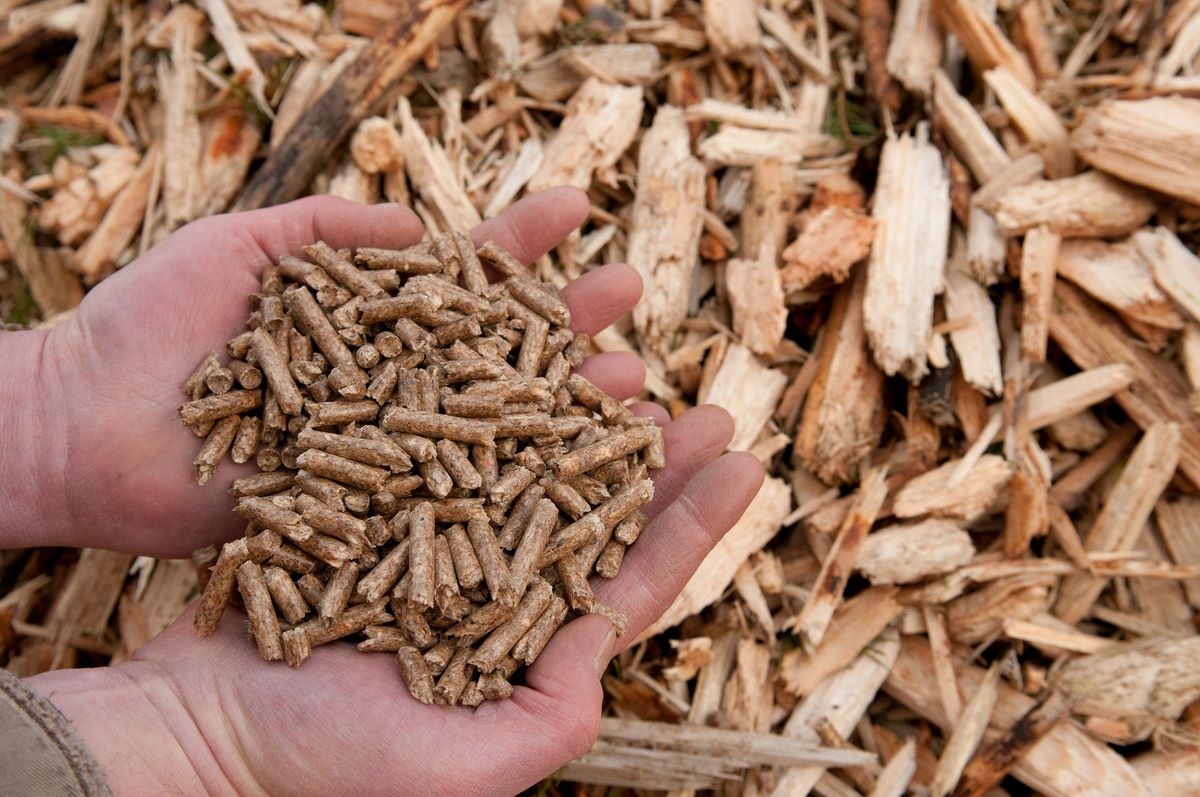
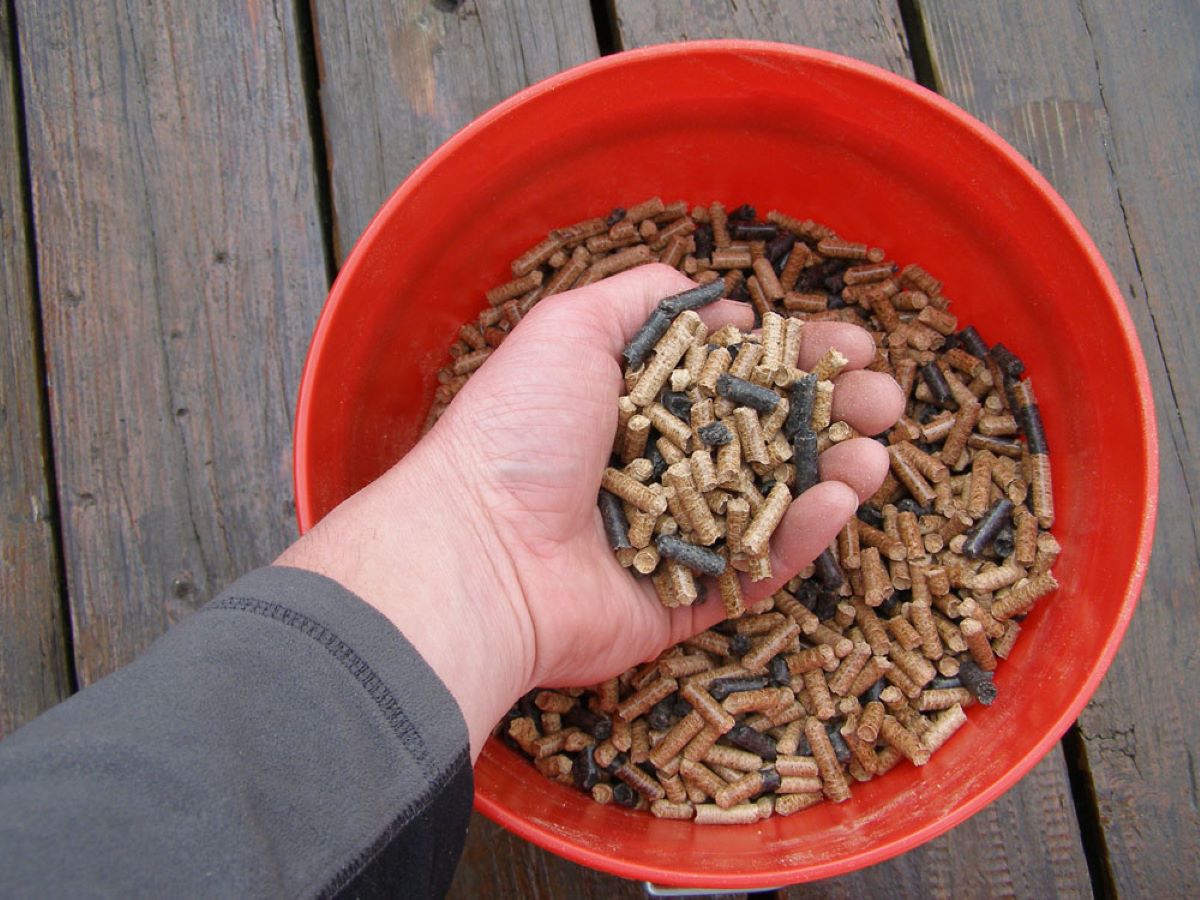


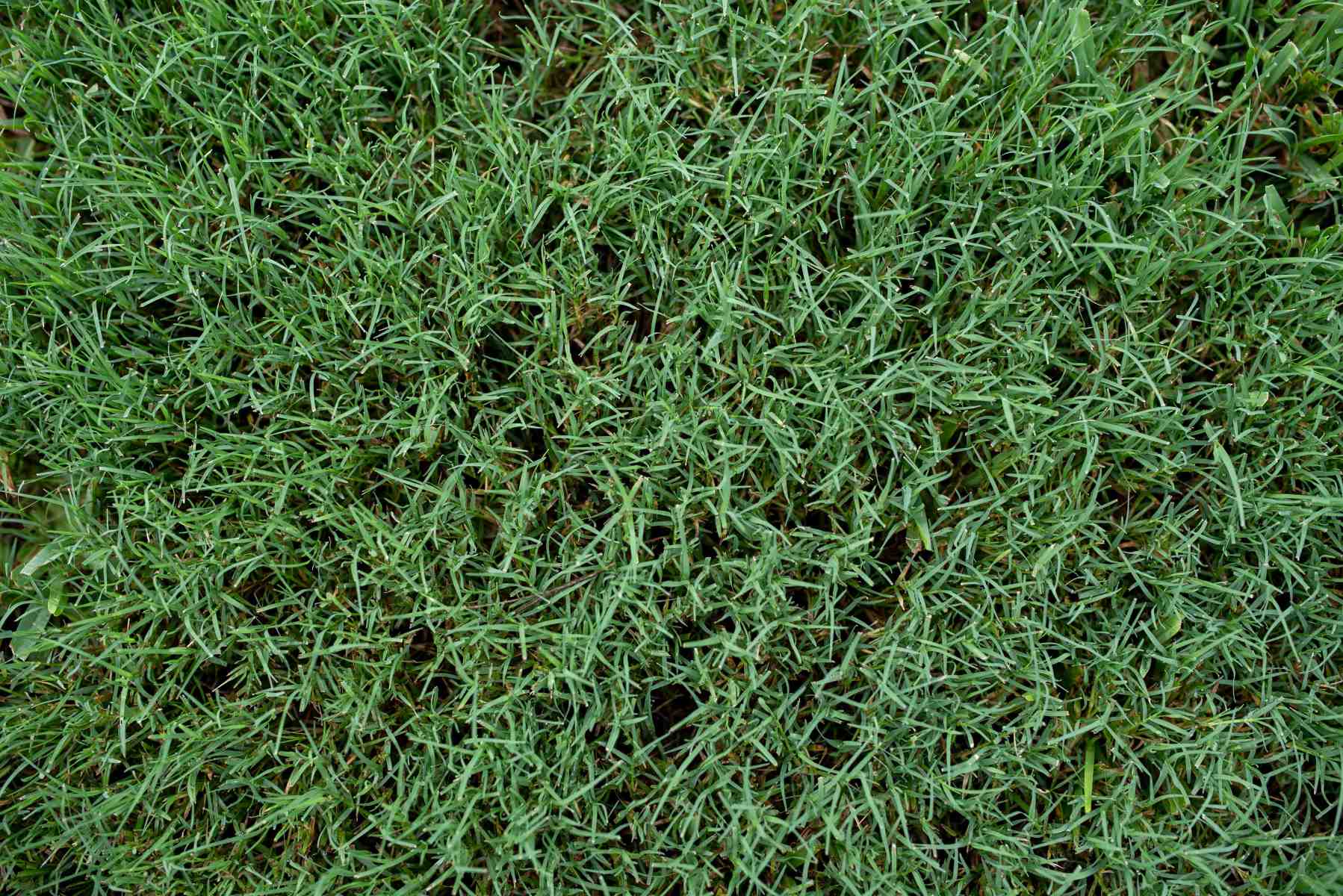
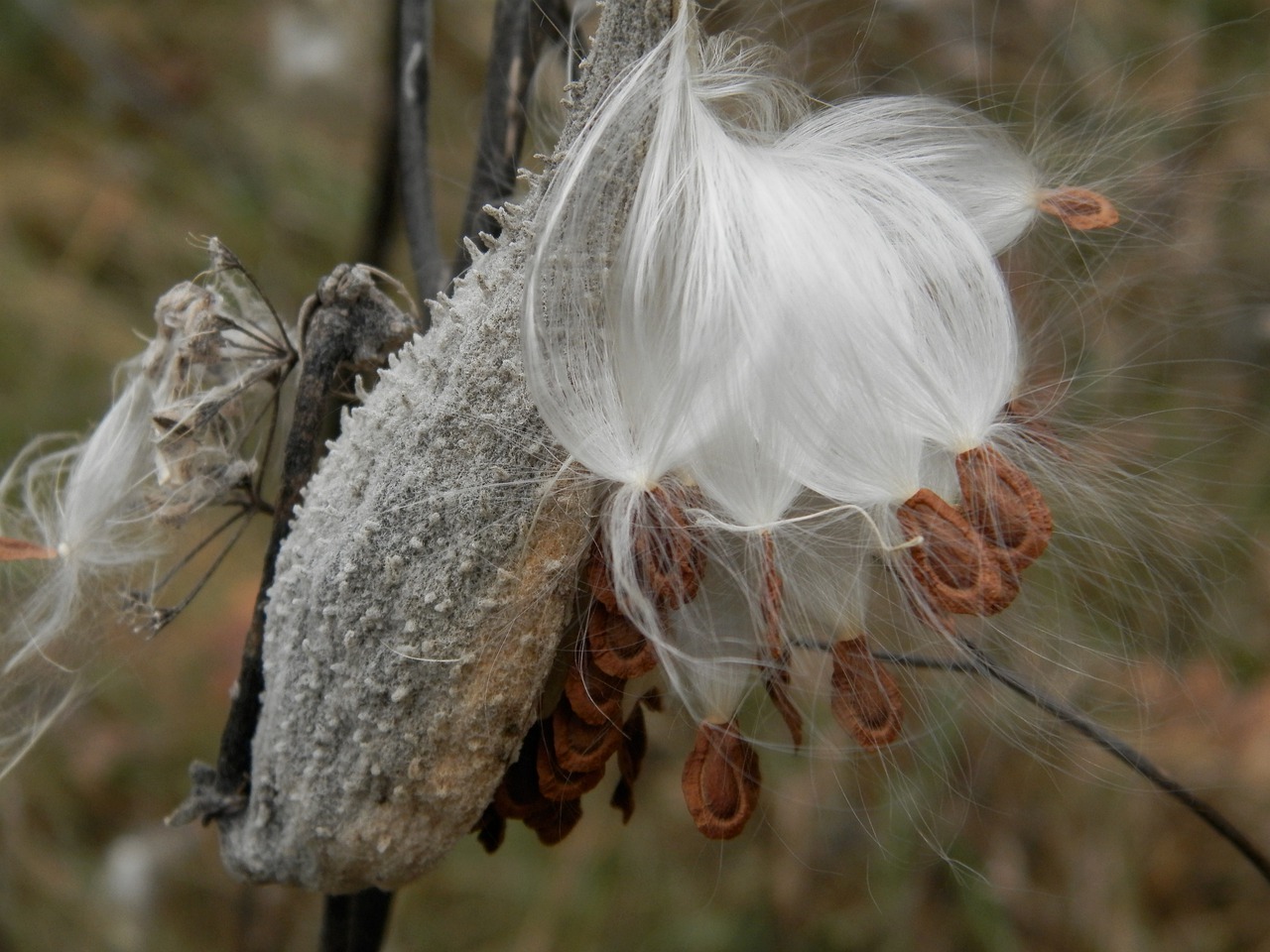
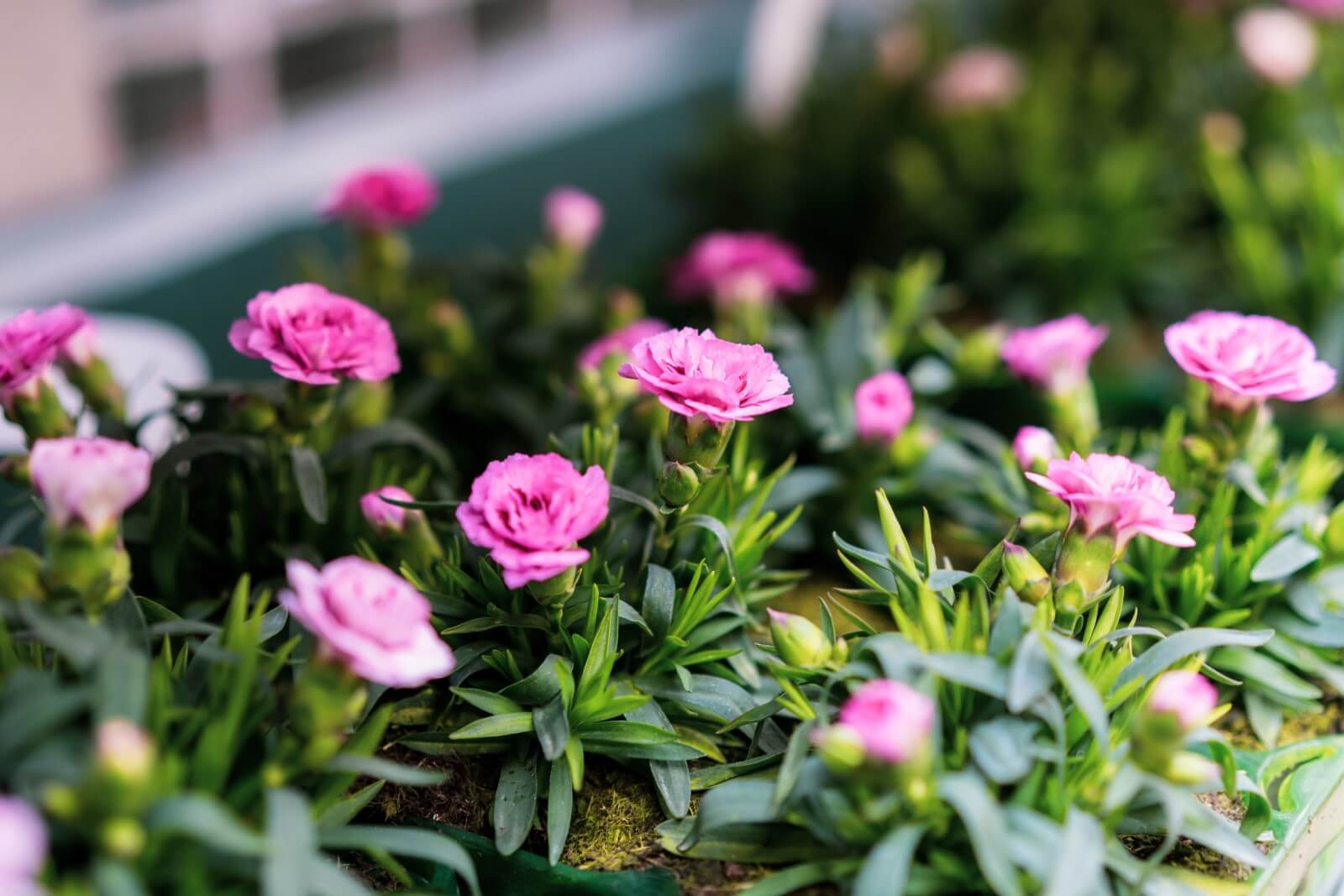
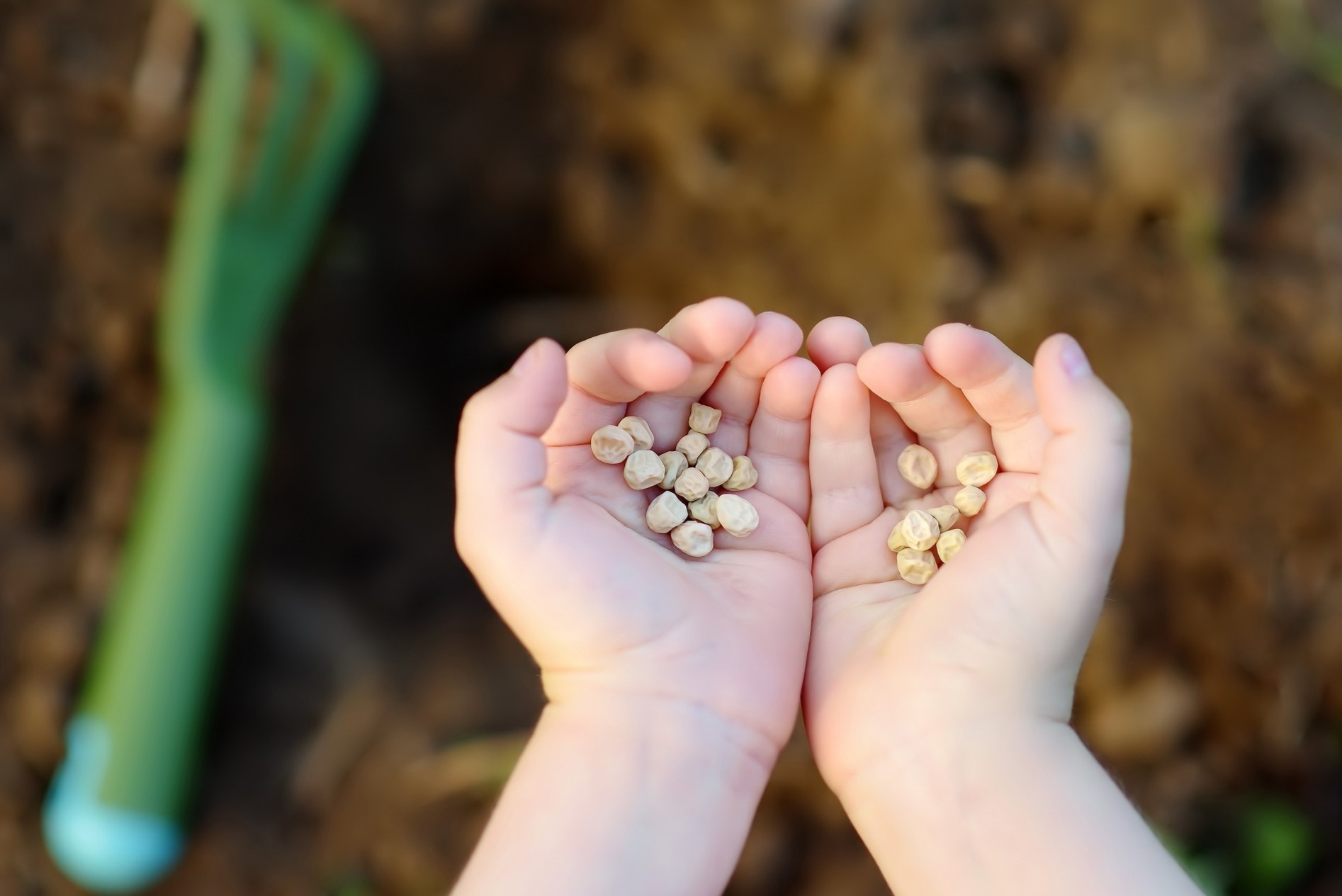
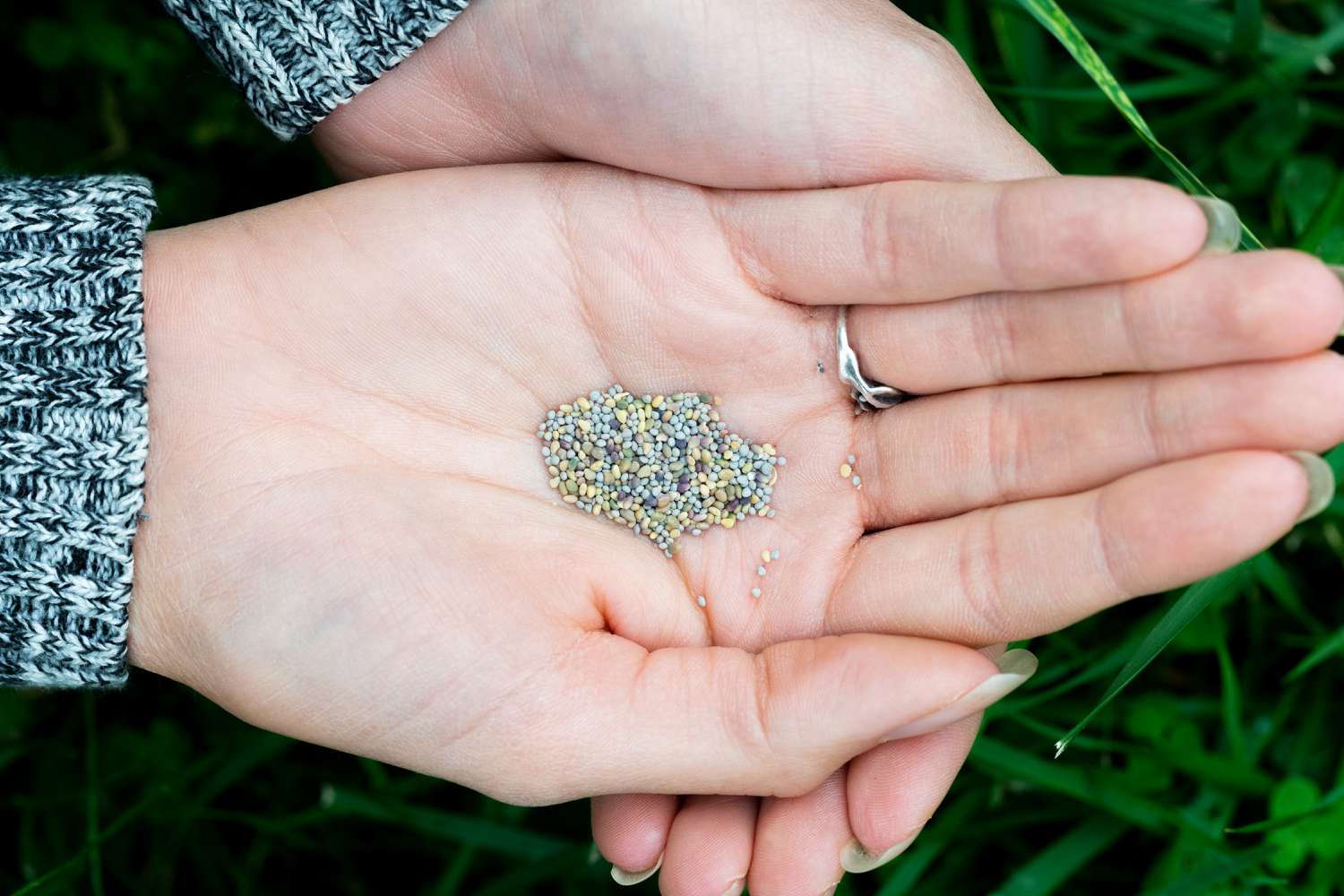
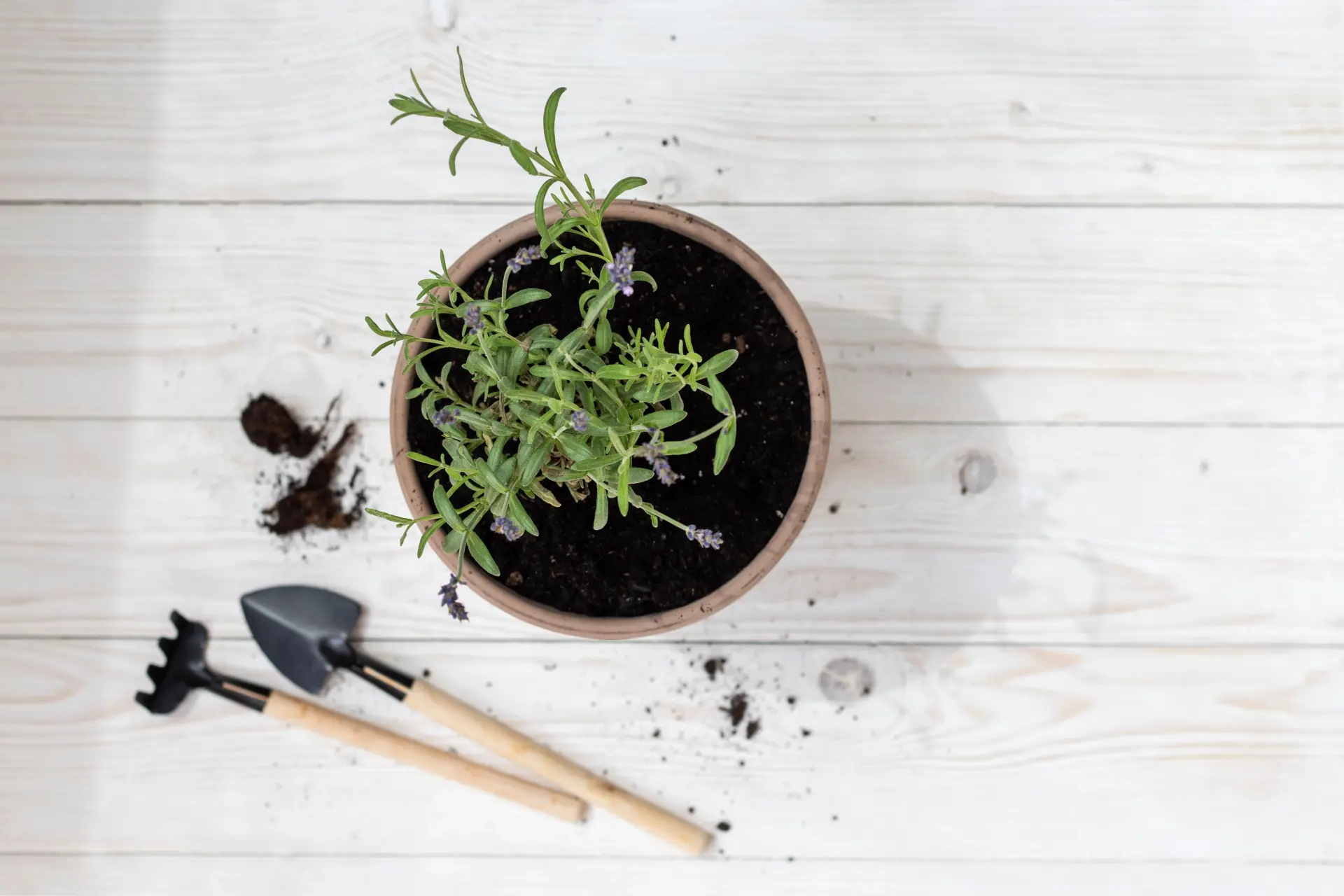
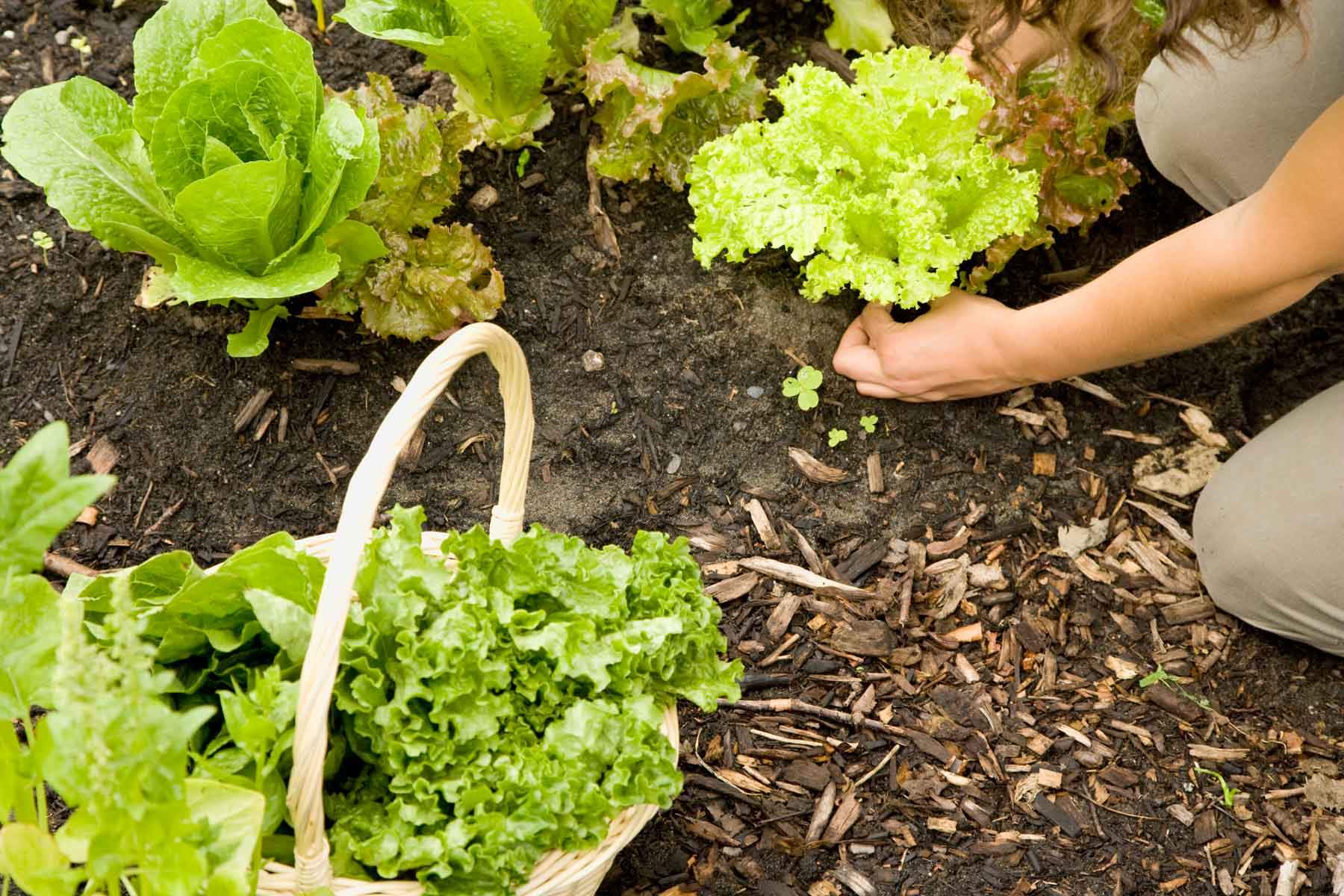
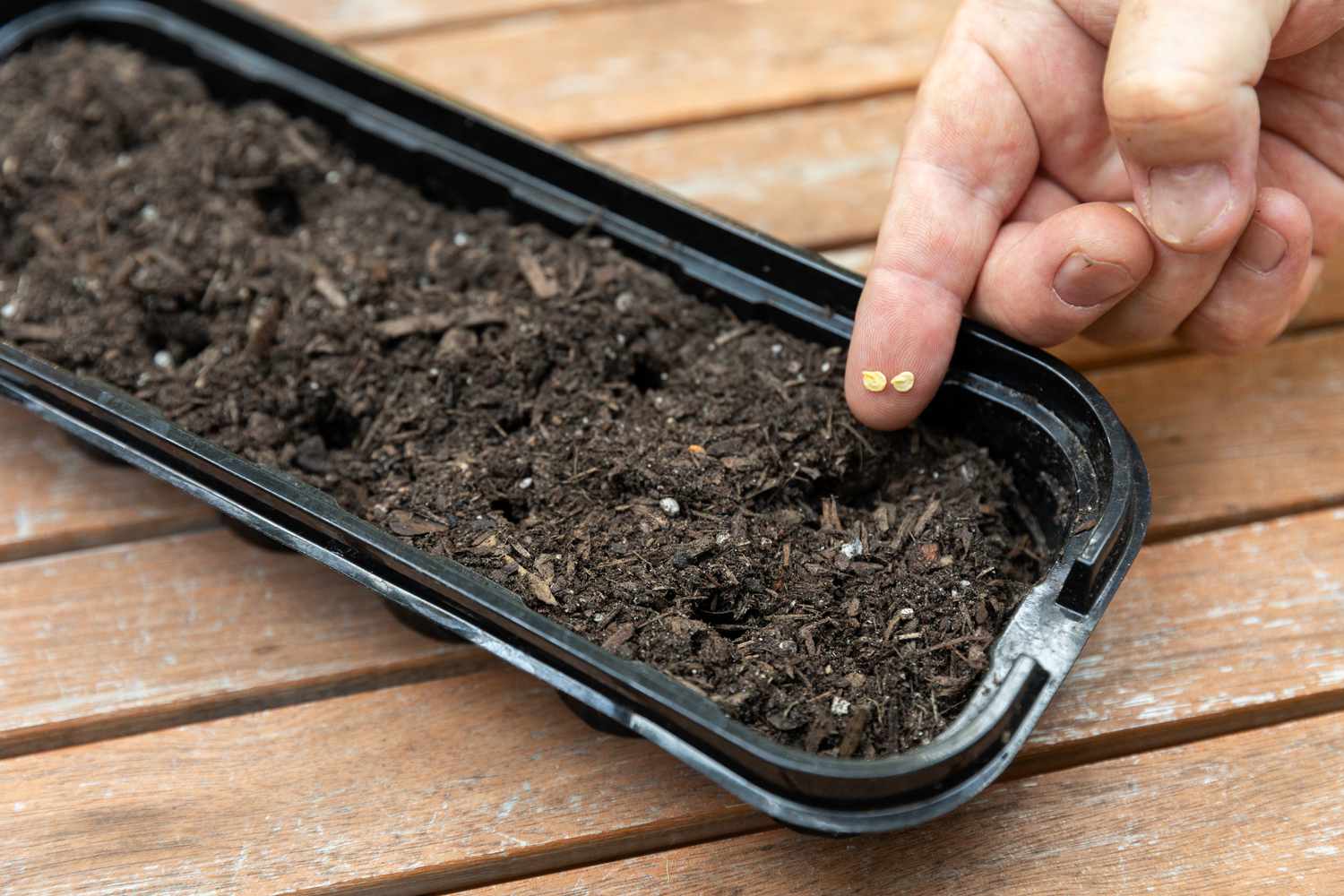
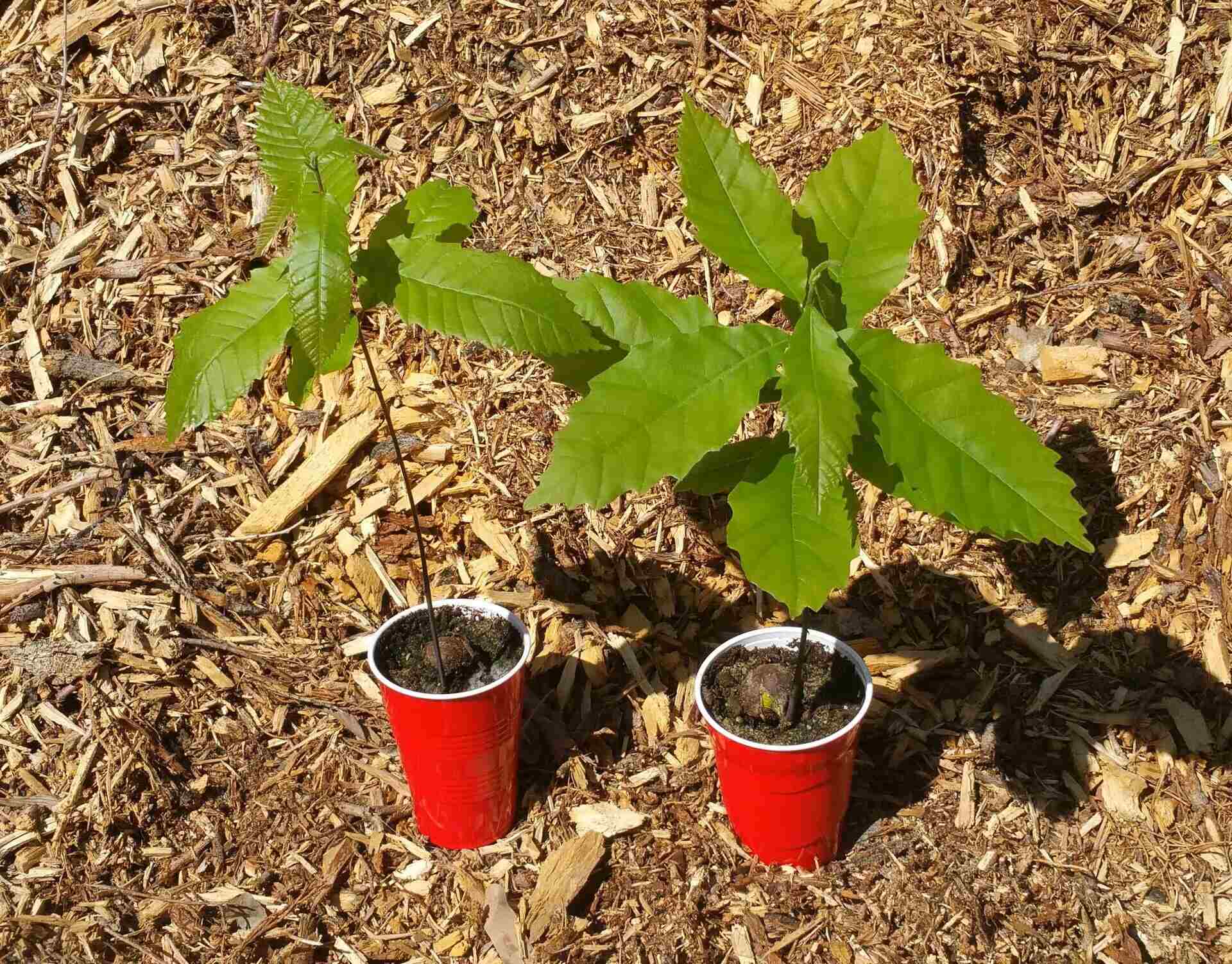
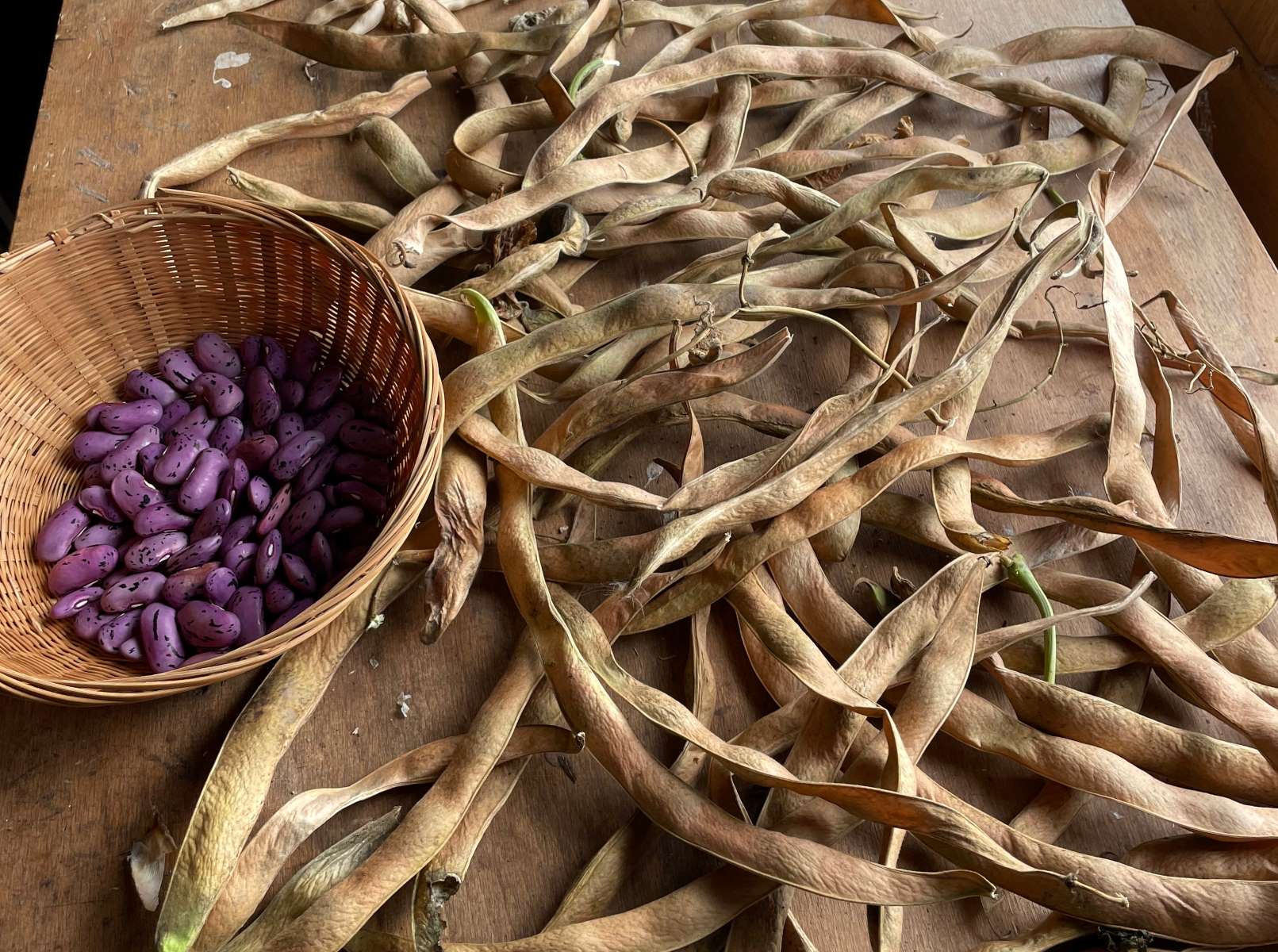

0 thoughts on “How To Plant Pelleted Seeds”